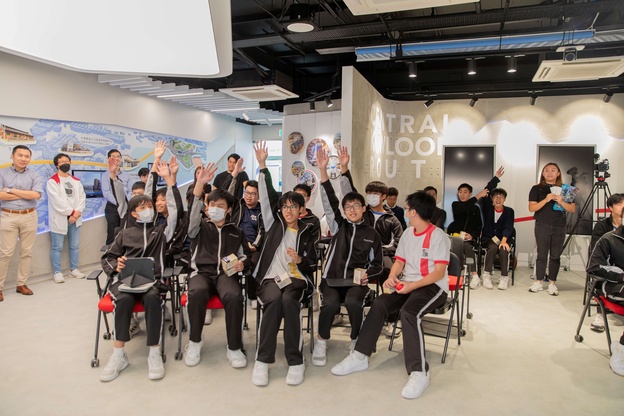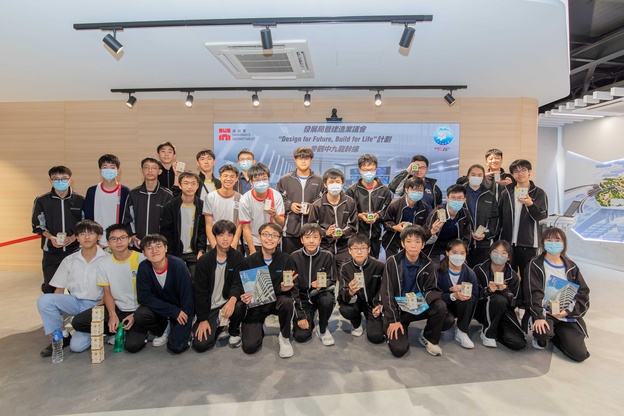Master Talk: Central Kowloon Route
In the intricate network of a bustling metropolis, urban traffic flows like life-sustaining arteries, essential for the city's vitality. The "Master Talk" series offered a group of Form 4 and 5 students from The Church of Christ in China Heep Woh College a tangible glimpse into the future of urban transit by guiding them through The Central Kowloon Route (“CKR”) – Community Liaison Centre. This excursion highlighted how this new express route could help alleviating the chronic traffic congestion the traffic congestion of the existing major east-west transport corridors in central Kowloon, promising a rejuvenation of the urban pulse. Engaging with the marvels of modern engineering, the students delved into the complexities of subterranean construction via a 3D virtual reality journey, simulating the intricate process of underground blasting. Complementing this immersive experience, a STEAM workshop beckoned the young minds to construct air purifier models, offering a hands-on understanding of the sophisticated air filtration systems within the Central Kowloon Route Ventilation Building.
To and From the Sea: Promise for Swifter Commutes between East & West Kowloon
Students of The Church of Christ in China Heep Who College in Tsz Wan Shan are no stranger to traffic in Central Kowloon, which hopes to improve in 2025 thanks to the CKR. The CKR is a dual three-lane carriageway with a total length of about 4.7km, linking Yau Ma Tei Interchange of West Kowloon with Kai Tak Development Area and the road network of Kowloon Bay, forming a trunk road across Central Kowloon. Upon commissioning, the travelling time between West Kowloon and Kowloon Bay will be shortened to about 5 minutes, when comparing to a journey time of 30 minutes during peak hours without CKR. The civil engineers and consultants of the Highways Department showed students that the CKR only allows for such efficiency between East and West Kowloon because it’s a network of underground tunnels, cross-harbour tunnels and flyovers that bypass congested roads such as Lung Cheung Road, Boundary Street, Prince Edward Road West, Argyle Street, Waterloo Road, Gascoigne Road Flyover and Chatham Road North.
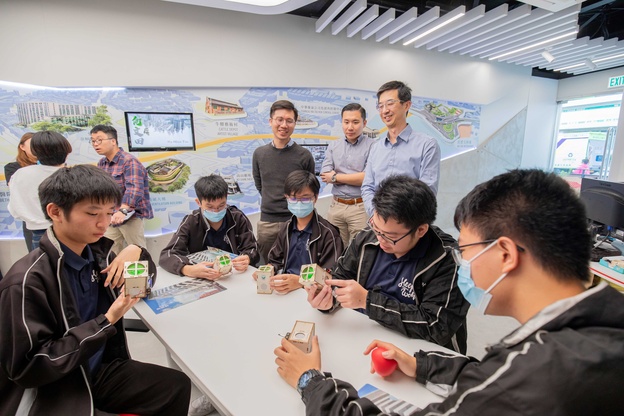
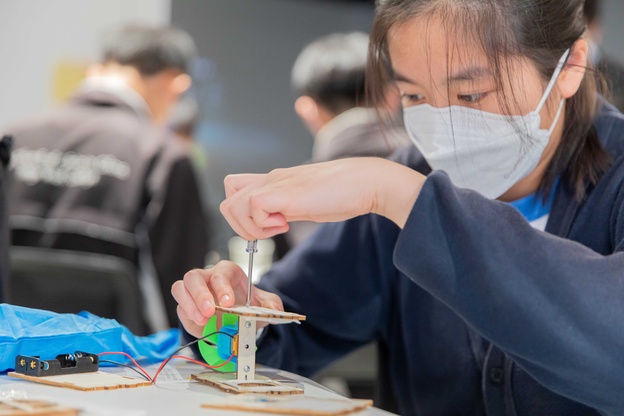
Virtual Reality Cave Experience: Witnessing the Drill-and-Blast Underground
The CKR is constructed mainly deep underground in rock stratum, meaning it is much more complicated than above-ground constructions. Through a cutting-edge 3D virtual reality CAVE experience, students vicariously stepped onto the construction site, witnessing the collaborative efforts of various teams employing the drill-and-blast technique. This method involves the strategic placement and sequential detonation of explosives within the rock, followed by the removal of debris and the reinforcement of the newly carved tunnel—all within the span of a single day's cycle. The virtual reality experience also transported students to various work environments, emphasizing the critical nature of safety measures and protocols. The hands-on assembly of air purifier models further solidified their understanding of the operation principles, drawing parallels to the systems in place within the Central Kowloon Route Ventilation Building.
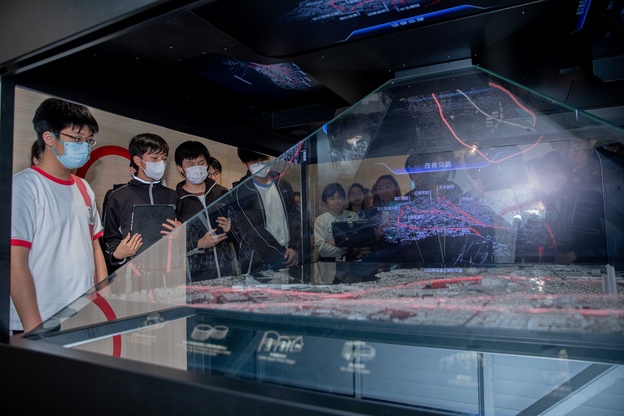
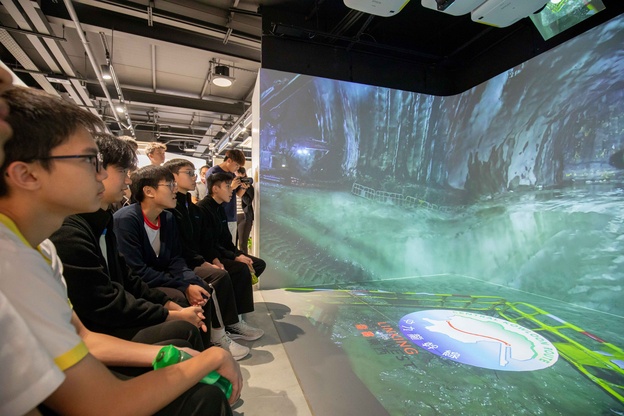
Fostering Curiosity: The Intersection of Academia and Industry
The interactive quiz session sparked a flurry of inquiries among the students: some were curious about whether the underground ventilation system in the tunnel could effectively cater to high traffic; others questioned the kinds of smart technology used in project management and what artificial intelligence knowledge and programming languages would be beneficial to their career development. Some students enquired about the kinds of mathematical knowledge applied to civil engineering; but all of them were awe-inspired by the grandeur of the CKR and showed interest in joining the construction industry.
